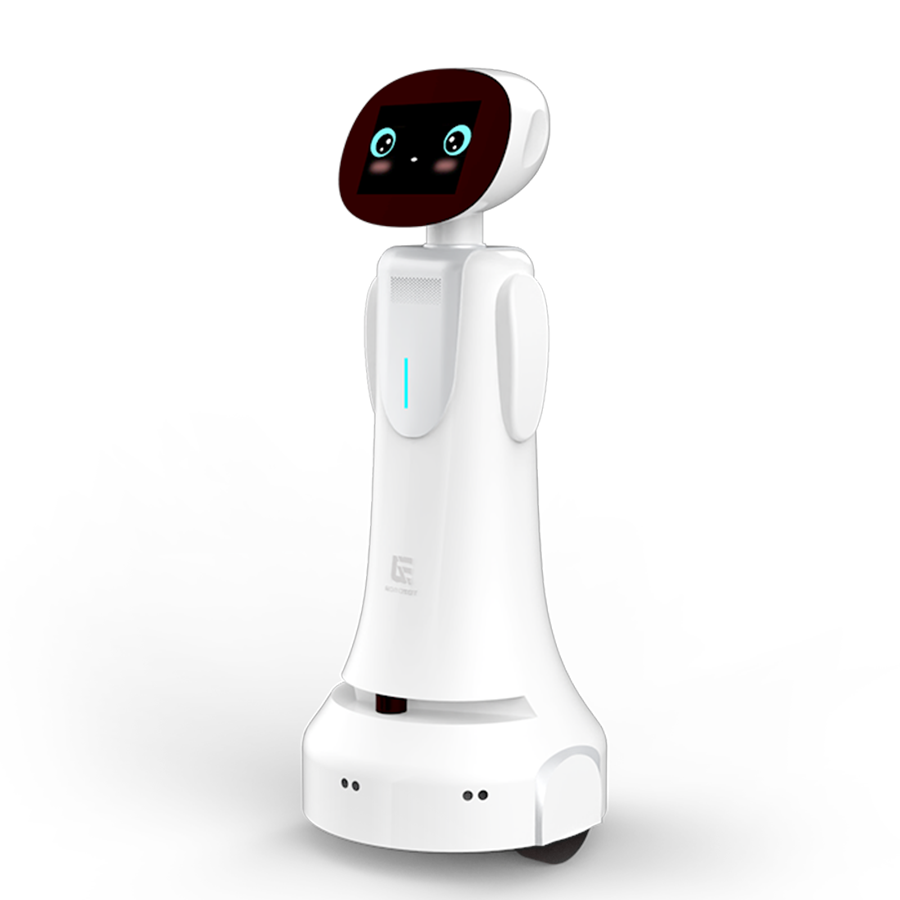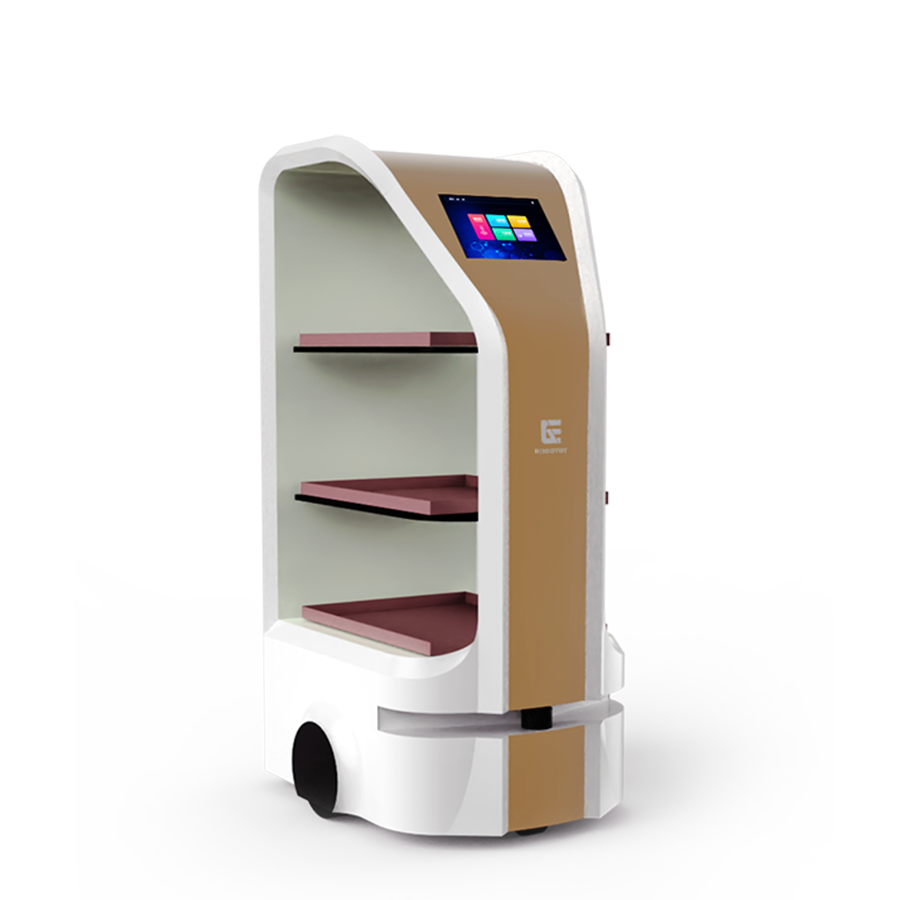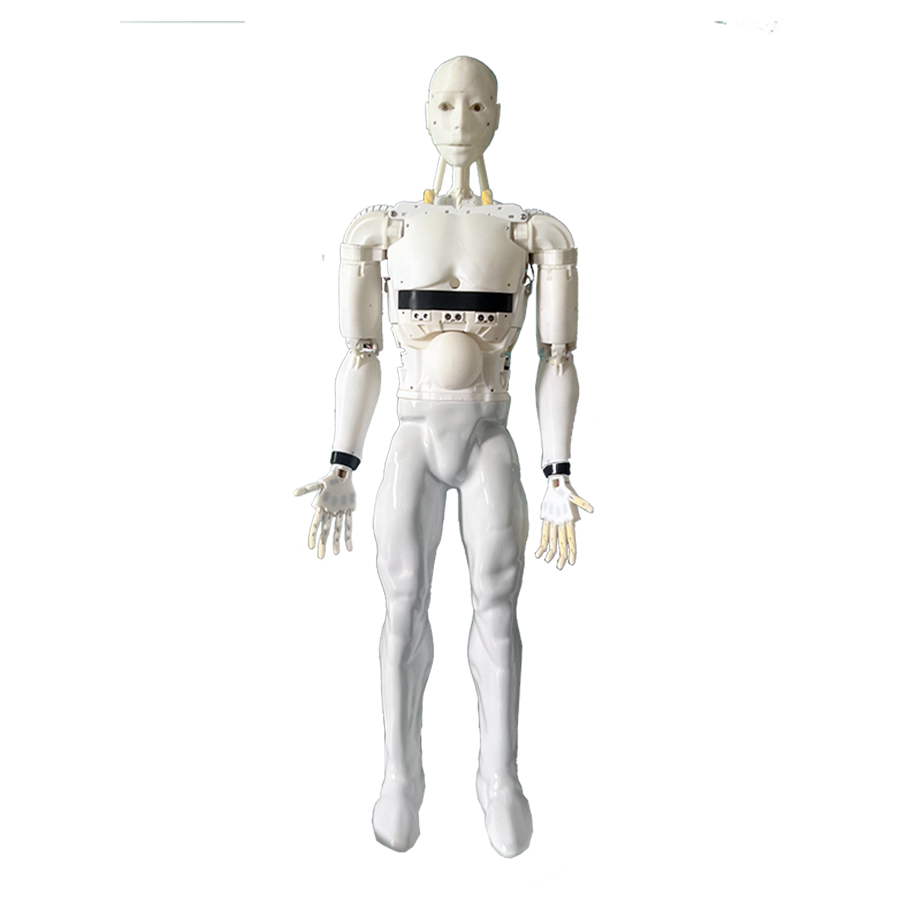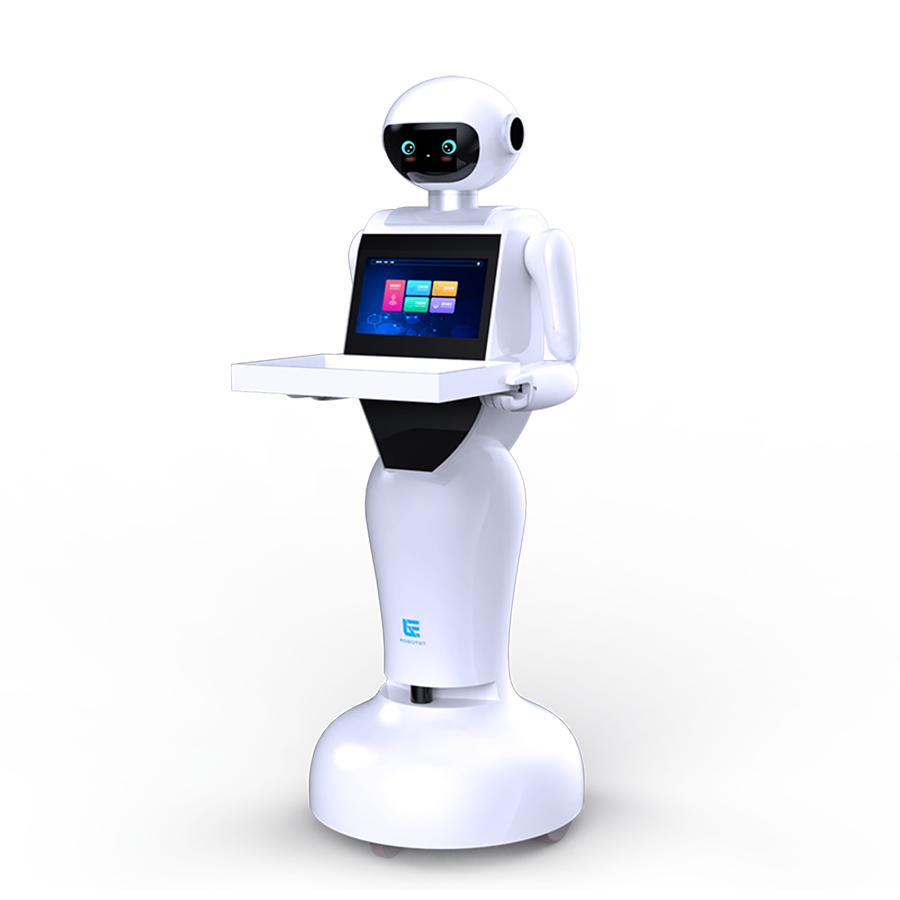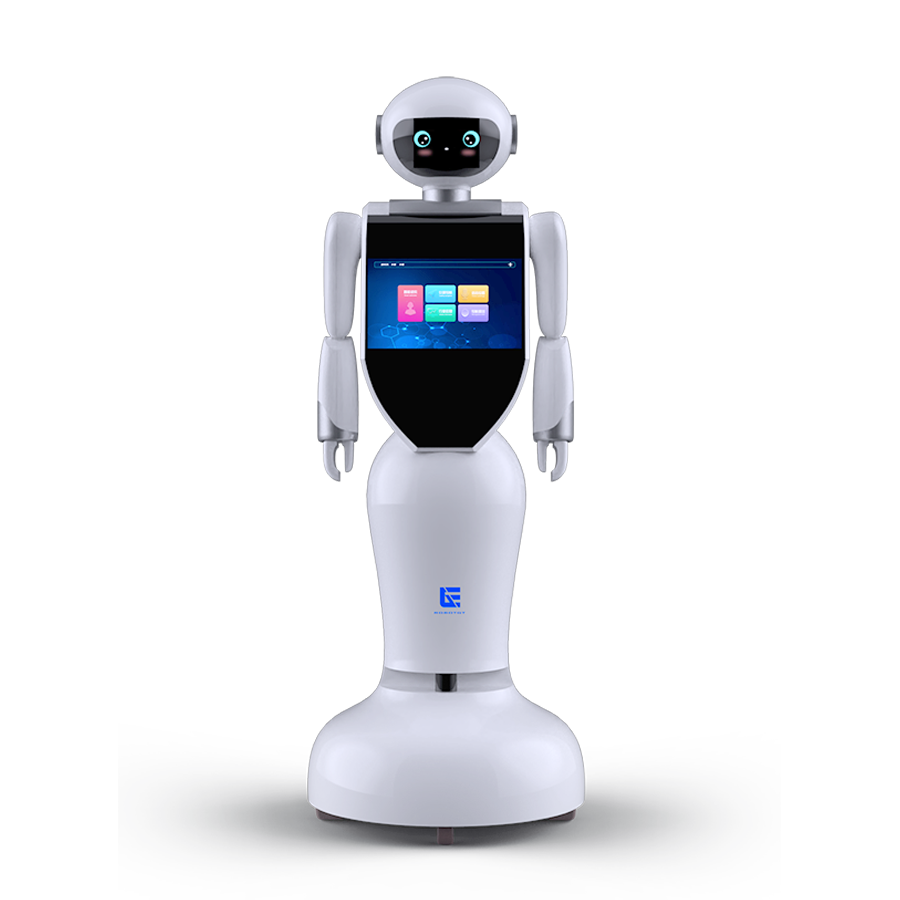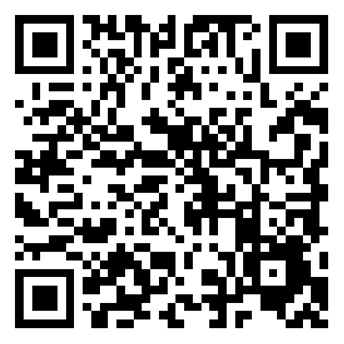

Autonomous mobile robots collaborate with chip manufacturing to support the rapid development of China's semiconductor industry
2024-01-28
Autonomous mobile robots are industrial logistics solutions for semiconductor production. Mobile robots are mainly composed of three parts: drive, scheduling, and guidance, with the main cost concentrated on core components such as reducers, servo systems, and controllers. In the semiconductor industry, wafer manufacturing, chip packaging and testing require a dust-free and enclosed environment, and human labor is not suitable in this area. The use of mobile robots to complete logistics automation transformation and achieve intelligent upgrading of factories is becoming a common choice for semiconductor manufacturers.
Autonomous mobile robots have the characteristics of 24-hour work and flexible scheduling. At the same time, mobile operating robots can automatically load and unload materials on the basis of transportation, connecting the material and data flow of the entire field, effectively ensuring yield and improving production capacity. The controller is the core of mobile robots, and it needs to complete various functions such as positioning, navigation, obstacle avoidance, mapping, recognition, tracking, etc., with rich software and hardware interfaces. In the production environment, it can run alone or achieve collaborative scheduling of robot clusters, supporting rapid integration with industrial production management systems.
However, the precise production conditions of semiconductors also place extremely high demands on mobile robots. Firstly, due to industry characteristics, the cleanliness of mobile robots themselves needs to be extremely high. Secondly, for the expensive and fragile wafers in the semiconductor industry, mobile robots must achieve precision and stability in handling and storing wafer boxes. In addition, semiconductor production processes are numerous and equipment layouts are concentrated. Autonomous mobile robots need to frequently, repeatedly, and stably transfer work between various processes, which requires robots to have sufficient stable operating speed and precise positioning accuracy to the millimeter level, posing high requirements for mobile robots.
Autonomous mobile robots need to constantly iterate and upgrade to create corresponding prototype products, find the best balance between the scene and product performance, and apply wafer box handling robots to achieve precise loading, unloading, and handling of wafer boxes. This can save a lot of manpower, reduce the risk of pollution in the dust-free workshop, improve the yield rate, avoid damage caused by manual handling, and reduce most ineffective operator walking, greatly improving the efficiency of autonomous mobile robots.
Combining mobile robots with semiconductor scenes to achieve ultimate performance is not an easy task. Firstly, it is necessary to ensure absolute accuracy in grasping and loading and unloading the crystal box. The OW series is equipped with various sensors such as ultrasonic sensors, 3D vision, in position detectors, and storage locks at the end effector of the robotic arm, ensuring stable grasping operations through multiple sensing protections.
Ultrasonic sensors have high sensitivity, strong penetration, and weak environmental impact, effectively preventing the collision of wafer boxes caused by grabbing and stacking materials, while detecting the situation of manual material grabbing. The visual positioning algorithm uses a positioning compensation strategy to ensure that the direction of the loading port is absolutely parallel when the crystal box is placed into the feeding port, ensuring a safe distance between the crystal box and the device, and avoiding the risk of collision between the device and the crystal box due to improper placement angle, narrow environment, and other factors. The end of the gripper is also equipped with an end in position detection sensor, which detects the fixed status of the crystal box on the gripper in real-time during the movement process. Once the in position detection sensor is triggered, the end effector immediately stops the operation.
During the grabbing process, sensor modules such as ultrasonic sensors, visual positioning cameras, and in place detectors will continuously monitor in real-time. Only when all three modules have no error messages will the robotic arm perform corresponding operations to ensure stable and safe loading, unloading, and handling of the wafer box.
In homework, maintaining stability of the vehicle carrying the wafer box movement is crucial. With its strong single machine performance, it effectively avoids vibration and other situations during transportation. At the same time, it is equipped with detection equipment such as LiDAR, 3D vision, and pit sensors, which can avoid more unexpected situations and ultimately ensure stable and reliable driving.
At the same time, the lidar, vision, hole detection and other modules of the series are normally closed. When a module is abnormal or cannot be enabled normally, the series will not perform operations; Only when all modules are functioning properly can the series perform tasks and achieve comprehensive protection. Based on the existing situation at the customer's site, the series of products also have more specific functional modules, ensuring the normal operation of the product and the safety of materials in many situations.
At present, international brands dominate the main market in core components such as drive controllers, scheduling systems, and excited navigation sensors. Although they cannot directly monopolize China's mobile market, they can leverage their key technological advantages to constrain Chinese enterprises. During the epidemic, the longer supply cycles and higher prices of core components abroad have had an impact on the timely delivery of mobile robot projects and corporate profits.
In the long run, upstream cost constraints will continue to affect the level of industrial expansion. With the continuous expansion of China's mobile robot industry, in order to achieve high-quality development, it is necessary to rely on self-reliance and self-reliance, ensure the independent control and safety stability of the industrial chain and supply chain, and make breakthroughs in core component technology a top priority. Currently, many domestic enterprises are accelerating independent research and development, achieving iterative optimization of core component technology, and accelerating the localization process.
In addition, machine vision, artificial intelligence and other technologies are closely integrated with mobile robots, enabling them not only to have the ability to accurately detect and locate the end effector, but also to have real-time adjustment capabilities for their onboard robotic arms and other executing mechanisms. This type of composite robot will bring greater space for future industry development.


